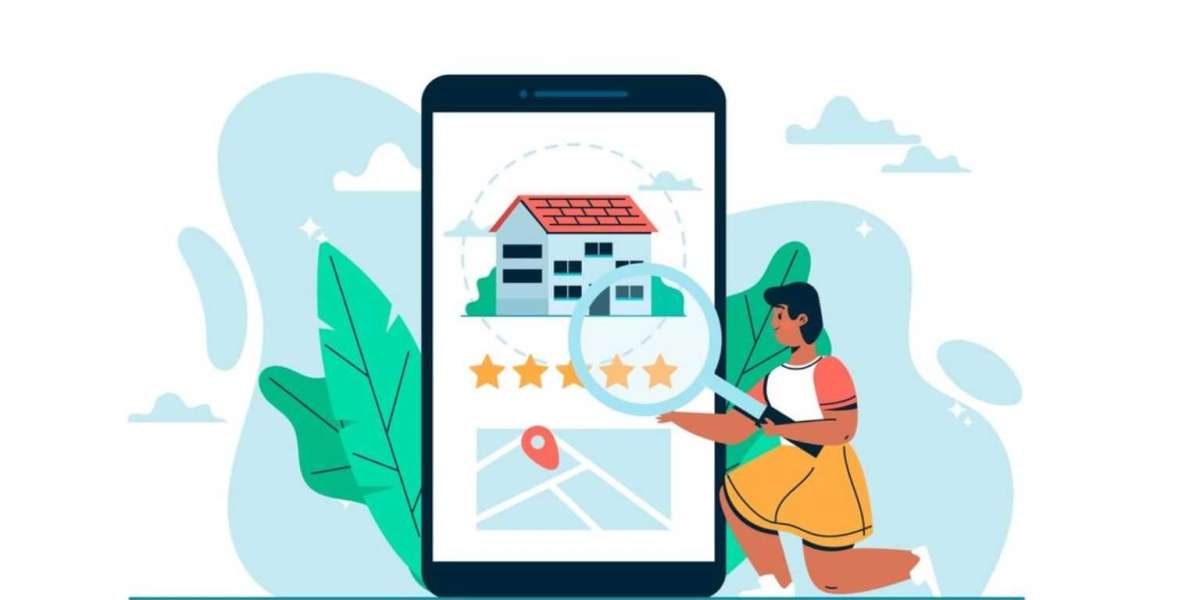TaskRabbit is one of the most popular online platforms that connects people needing household tasks and errands done with independent contractors who perform these tasks and errands for a fee. The on-demand home services market has grown rapidly in recent years, creating opportunities for entrepreneurs to enter this space.
In this in-depth guide, I will walk you through the step-by-step process of building your own TaskRabbit-like home services platform. We'll cover everything from understanding the market and choosing technologies, to building key app features, integrating payments, onboarding service providers, marketing strategies, and revenue models. By the end, you'll have a comprehensive blueprint to successfully launch and scale your own on-demand home services business.
Understanding the Market
Before diving into development, it's important to properly research the market you want to enter. Start by analyzing competitors like TaskRabbit, Handy, and YourMechanic to understand their business models and which features or services are most popular. You'll also want to identify your target customer demographics and their most common home service needs, such as assembly, cleaning, repair, delivery, and more.
Additionally, research relevant laws and regulations in your location. For example, many professional services like construction require state-level licensing. You'll need to determine how to onboard both licensed and unlicensed independent contractors within legal boundaries. Thorough market research upfront will help ensure your business model complies with regulations and matches real user demand.
Choosing a Tech Stack
Selecting the right technologies is crucial for supporting your service-based platform. For a start, choose between building a mobile app versus a responsive web application. Mobile provides an "anywhere" experience but requires native development, while web is more cross-platform but lacks push notifications.
For the frontend, React Native is a great cross-platform option that allows building both iOS and Android apps with one codebase. Alternatively, use Swift/Objective-C for iOS or Java/Kotlin for Android if targeting a single platform.
Common backend choices include Ruby on Rails, Django, Laravel, or Node.js/Express for their developer ecosystems and ease of building APIs. MongoDB, Postgres, or MySQL are popular no-SQL and SQL database options.
Be sure to integrate third-party libraries for tasks like geocoding, payments, authentication, and push notifications. Proper technology selection balances features, time-to-market, and long-term scalability goals.
App Features
The core features users expect include full-featured profiles, service listings, seamless booking/payment, and communication tools.
Users should be able to create profiles with photos, skills/services offered, reviews etc. Verify documents like licenses during onboarding.
Build out a task listing system where customers can browse categories/subcategories, filter by location/price, and view provider profiles before booking.
Integrate robust booking screens that capture job details, quotes/bids, and allow customers to instantly reserve timeslots. Trigger automated confirmation/reminders.
Leverage in-app chat/messaging between customers and providers for questions. Allow file sharing like photos of the job scope.
After completion, users can leave reviews visible to both parties as well as tip for great service. Provides valuable feedback to improve over time.
Additional value-adds may include subscription plans, specialized tools for larger jobs/contractors, scheduler/dispatch optimization, and integration with smart home devices. Learn more: https://zipprr.com/taskrabbit-clone/
Payment Integration
To process payments securely and compliantly, you'll need a robust payment processor. Popular options are Stripe, Braintree, and PayPal as they support both one-time and recurring billing scenarios.
Integrate their SDKs or APIs to capture payment information during the booking step while adhering to mandates like PCI compliance. Allow payments via credit/debit cards, online wallets, and alternative payment methods based on your region.
You'll also need to determine transaction fee structures, whether to charge customers or providers, and if/when to disburse earnings to contractors. Payment is the backbone of any transactional app, so get it right from the start.
Onboarding and Management of Service Providers
Recruiting high-quality independent contractors is essential for a good user experience. Develop a multi-step online application that evaluates skills, license/certificate verification, background/identity checks, and onboarding training modules.
Clearly outline contractor agreements and insurance responsibilities upfront. Set guidelines for response times, job quality, cancellations and determine if exclusive contracts are allowed.
Provide backend-access to providers to view bookings, update calendars/availabilities, manage leads and messages all in one place. Automated payout schedules and invoicing tools make them more productive. ongoing performance metrics helps hold all parties accountable.
Nurture the top talent through recognition programs, lead distribution, and additional support like purchase receipts to write off for taxes. Happy, successful contractors are crucial to growing your platform.
Customer Onboarding and Experience
To attract new users, prioritize an simple sign up process that is quick to complete. Allow authentications through social profiles for convenience.
Give customers full control during the process - allow them to publish requests, filter providers by price/location, and read service histories/reviews before booking a match.
Provide in-app and email support for any issues that arise with bookings, payments or job completion. Resolve complaints promptly through messaging.
Send push notifications and automatic status emails throughout the process. Customers should feel fully informed about their tasks at every stage without extra effort.
Consider value-added services like bundled product plans or loyalty programs to give customers more reasons to keep using the platform. Excellent service will ensure high retention.
Marketing and Growth Tactics
No matter how fully-featured your app, it means nothing without users. Some marketing strategies to try:
SEO optimization of your website landing page, blog and app store listings.
Leverage search engine and social media ads to boost visibility and downloads. Target location-specific keywords.
Launch compelling referral programs for both customers and providers. Rewards work!
Partner with local businesses for cross-promotions - builders, cleaning companies, appliance stores etc.
Sponsor local events, neighborhood groups, schools for brand awareness. Place cards/flyers at these locations.
Launch targeted social media ad campaigns with sample service photos/testimonials.
Consider approaching media publications as an interesting local startup story.
Monitor app store rankings and adjust accordingly based on reviews/metrics.
Tracking results will help adjust budgets to highest converting channels over time. Marketing requires testing many approaches.
Revenue Model Options
To become profitable, test various revenue models either through transaction fees, subscriptions or other value-added services:
Transaction fee on completed bookings (10-15% range) charged to either customers or providers.
Monthly/annual software subscriptions for providers to access advanced features like lead distribution/dispatch tools.
Recurring cleaning/lawn care packages for customers as a subscription add-on.
Upsell providers on profile/service ads within search/browse to gain visibility.
Sell hardware/supplies to customers that integrates with jobs like smart locks.
Partner with home service brands to provide certified inspectors/installers on the platform.
Analyze user behaviors to introduce the most logical, minimally intrusive monetization strategies over time as the business scales. Refine based on adoption.
Launch, Improve, Expand
It's time for a minimum viable product launch! Even with limited features/markets, real user feedback is priceless:
Soft launch with close friends/family circle for feedback on UX glitches.
Beta test with a random group of local users, focus on task completion rate.
Monitor metrics like downloads, retention, jobs booked per user over time.
Adjust app store landing page and optimize onboarding based on drop-offs.
Iterate key app features and workflow based on new user behaviors every 1-2 months to drive engagement. Consider major UI overhauls each 6-12 months.
As usage grows, branch out to additional neighborhoods, cities or service types. Partnerships become interesting for specialized jobs too. With constant learning, scale your network out as big as your vision allows!
Additional Considerations
Implement proper security protocols for payment info, user records storage in compliance with regulations like GDPR/CCPA. Conduct regular audits.
Hire customer support representatives to monitor the network, resolve disputes and ensure safety standards to avoid risk/liability exposure over time as traffic increases.
Outsource back-end tasks like accounting, payroll and legal support as responsibilities grow beyond a single founder.
Establish solid processes around contractor/employee classifications should the business mature into a larger operation.
Consider options to be acquired by larger players once a strong local market share and brand loyalty takes hold to realize greater value.
Conclusion
The home services industry presents huge opportunities for technology companies. By understanding user needs, building seamless user experiences, consistently refining the business model and marketing effectively, entrepreneurs can launch successful on-demand task platforms in their local areas. With the right execution of this step-by-step guide, your TaskRabbit competitor app is well on its way to scaling new heights.







